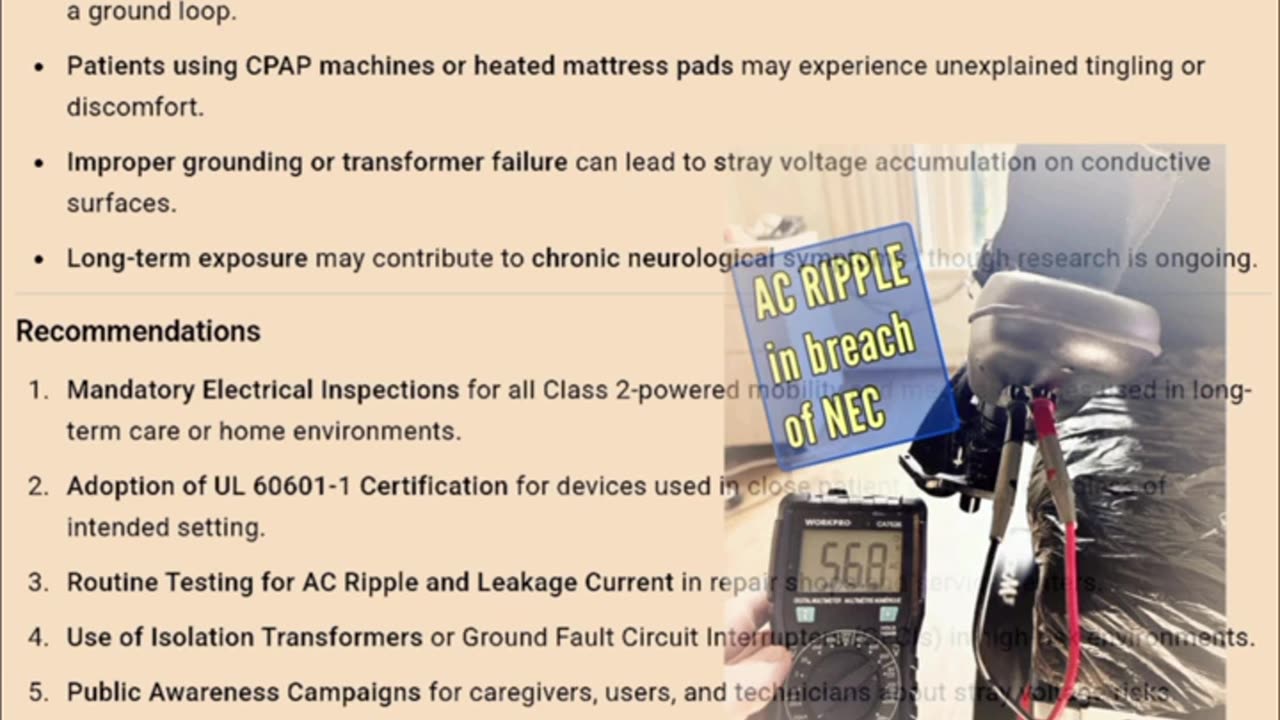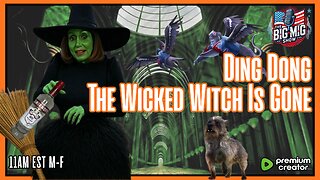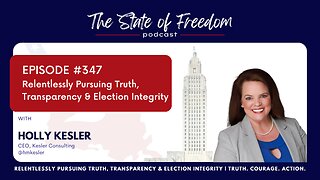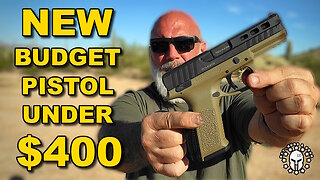Premium Only Content

White Paper: Class 2 AC-to-DC Powered Devices and the Hidden Risks of Stray Voltage in Patient Scena
# ⚠️ White Paper:
## **Class 2 AC-to-DC Powered Devices and the Hidden Risks of Stray Voltage in Patient and User Contact Scenarios**
### *Prepared as QWEN 3 AI on the request of Rob's Worldwide Stairlift Repairs
**Date:** May 28, 2025
---
## **Executive Summary**
This white paper explores the growing concern around **Class 2 AC-to-DC powered devices** that are used in proximity to or direct contact with patients, users, and caregivers — particularly in **home care, mobility assistance, and therapeutic settings**.
Many of these devices rely on **low-voltage DC power supplies**, often regulated under **UL and NEC standards**, to provide safe and efficient operation. However, when combined with **damp or sweaty skin conditions**, the **risk of stray voltage exposure increases dramatically**, potentially by **up to 100 times** due to lowered skin resistance.
This document identifies **15 such devices**, examines their **safety compliance landscape**, and highlights **emerging concerns regarding electrical safety** for vulnerable populations.
---
## **Background: Class 2 AC-to-DC Transformers**
Class 2 power supplies are defined under **NEC Article 725** as low-energy circuits designed to limit both voltage and current to levels considered inherently safe under normal operating conditions. They are typically used in consumer electronics, medical accessories, and mobility equipment.
However, **Class 2 does not inherently guarantee patient protection** from micro-shock or macro-shock unless **additional isolation and insulation measures** are implemented. In environments where users may have **exposed skin contact** with conductive surfaces and moisture is present, the **risk of stray voltage becomes significant**.
---
## **List of 15 Devices & Risk Profiles**
Below is a list of **Class 2 AC-to-DC powered devices** commonly used in **residential and healthcare settings**, with an analysis of their **potential for stray voltage exposure** under damp/sweat conditions.
| Device | Use Case | Conductive Surfaces | Moisture Exposure | Risk Level |
|--------|----------|---------------------|-------------------|------------|
| **1. Electric Stairlifts** | Mobility assistance | Metal frames, control panels | Sweat, ambient humidity | High |
| **2. Power Wheelchairs & Scooters** | Daily mobility | Frame, joystick, battery compartments | Sweat, spills | Medium-High |
| **3. Hospital Beds (Home Use)** | Sleep/comfort | Bed frame, motors, adjustment controls | Sweat, cleaning fluids | High |
| **4. CPAP Machines** | Sleep apnea therapy | Face mask, tubing, humidifier base | Condensation, perspiration | Medium |
| **5. Oxygen Concentrators** | Respiratory support | Cabinet, venting ports, handles | Humidity, condensation | Medium |
| **6. Electric Patient Lifts** | Transfer assistance | Metal arms, slings, control box | Bodily fluids, sweat | High |
| **7. Massage Chairs & Therapeutic Massagers** | Pain relief | Upholstery with embedded metal | Perspiration during use | Medium |
| **8. TENS Units** | Nerve stimulation | Electrodes, device casing | Direct skin contact | Medium-High |
| **9. Wearable Mobility Exoskeletons** | Physical therapy | Metal joints, sensors | Physical exertion | High |
| **10. Smart Walking Aids (e.g., Rollators)** | Elderly mobility | Handles, lights, sensors | Rain, sweat | Medium |
| **11. Electric Mattress Pads / Heated Cushions** | Comfort therapy | Fabric with heating elements | Sweat, bodily fluids | Medium-High |
| **12. Electronic Bed Exit Alarms** | Fall prevention | Sensors, adhesive pads | Wet skin, urine | Medium |
| **13. Powered Standing Frames** | Rehabilitation | Metal frames, straps | Physical activity | High |
| **14. Portable Nebulizers** | Asthma/COPD treatment | Compressor housing, mask | Breathing moisture | Medium |
| **15. Electric Foot Massagers** | Relaxation | Metal nodes, water trays | Water immersion, sweat | High |
---
## **Regulatory Standards Overview**
### **National Electrical Code (NEC)**
- **Article 725**: Covers Class 2 circuits; limits power to reduce fire risk.
- **Article 680**: Governs electrical installations near water (e.g., spas), relevant to moisture-exposed devices.
- **Article 517**: Applies to healthcare facilities; home health equipment often falls short of this standard.
### **Underwriters Laboratories (UL)**
- **UL 60950-1**: Safety standard for IT equipment, including power supplies.
- **UL 60601-1**: Medical electrical equipment standard requiring reinforced insulation and leakage current limits.
- Many consumer-grade devices lack **UL 60601-1 certification**, despite being used in **medical-like scenarios**.
### **NFPA 99 – Health Care Facilities Code**
- Requires **patient contact isolation**, especially for devices used in clinical environments.
- Home-use devices often **lack equivalent protections**, even when used by medically fragile individuals.
--- TRUNCATED
-
 LIVE
LIVE
Wendy Bell Radio
6 hours agoBUSTED.
7,095 watching -
 LIVE
LIVE
The Big Mig™
3 hours agoDing Dong The Wicked Witch Pelosi Is Gone
27 watching -
 DVR
DVR
Daniel Davis Deep Dive
2 hours agoFast Tracking Weapons to Ukraine, Close to $3 Billion /Lt Col Daniel Davis
6.12K6 -
 LIVE
LIVE
The State of Freedom
4 hours ago#347 Relentlessly Pursuing Truth, Transparency & Election Integrity w/ Holly Kesler
27 watching -
 1:34:34
1:34:34
Graham Allen
3 hours agoThe MAGA “Civil War” Will LOSE The Midterms! Is A Fracture Coming? ALL Eyes On Key Races!
82.1K40 -
 20:28
20:28
Real Estate
1 month agoMILLIONS of Homeowners ARE LOSING MONEY NOW...
13.9K2 -
 22:35
22:35
Jasmin Laine
20 hours ago"They're Rude and Dismissive"—Poilievre Gets CBC To CONFESS On Camera
14K34 -
 12:26
12:26
Adam Does Movies
1 day ago $0.51 earnedIT: Welcome To Derry Episode 2 - Review + Recap
11.3K1 -
 1:09:24
1:09:24
The Mike Schwartz Show
14 hours agoTHE MIKE SCHWARTZ SHOW with DR. MICHAEL J SCHWARTZ 10-04-2025
14.6K3 -
 18:59
18:59
RTT: Guns & Gear
1 day ago $1.04 earnedKOR FX-9 RP Review — Is This The Best New Budget 9mm Pistol?
20.9K4